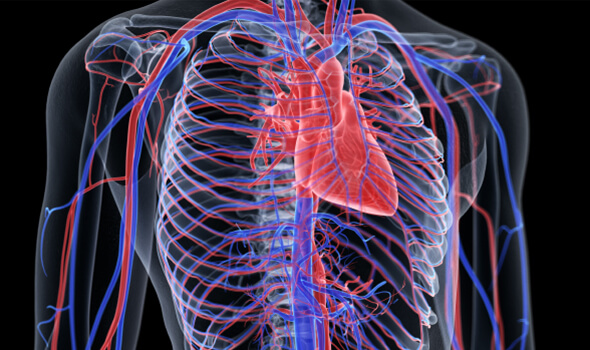The thiazide-type diuretics are grouped into two separate sub-classes: thiazides (with a bi-cyclic benzothiadiazine backbone) and the thiazide-like diuretics (lacking the benzothiadiazine backbone), both target the first segment of the distal convoluted tubule. Studies performed on diabetic and elderly patients show promising outcomes with the thiazide-like diuretics in comparison to thiazides, the main differences lie in potency, dose, and side-effects. The thiazides are administered in high doses that are responsible for harmful side-effects such as hyperkalemia, dyslipidemia, and dysregulated glucose levels, to mention a few. Evident from independent clinical trials, the thiazide-like diuretics have an edge- their efficacy in low sustained doses have proved to control almost every adverse metabolic reaction in patients with primary hypertension. Specific thiazide-like drugs are preferred for their role in improving renal and cardiac markers too; independent trials show the positive impact of these diuretics on reviving endothelial and arterial functions of the heart.
Interestingly, the thiazide-like diuretics have greater half-lives, and therefore, have a prolonged duration of activity- reported in several clinical studies. These findings are consolidated by the latest guidelines from the ACC/AHA and the Latin American Society of Hypertension that propose the use of thiazide-like diuretics or calcium channel blockers (CCBs) as a preferred route for hypertension therapy for black patients in U.S. (tested with thiazide- like diuretic, chlorthalidone, in ALLHAT analysis).10,11 Besides, meta-analyses reveal improved mortality risk only in hypertensive patients treated with thiazide-like diuretics.4, 10, 12, 13


















